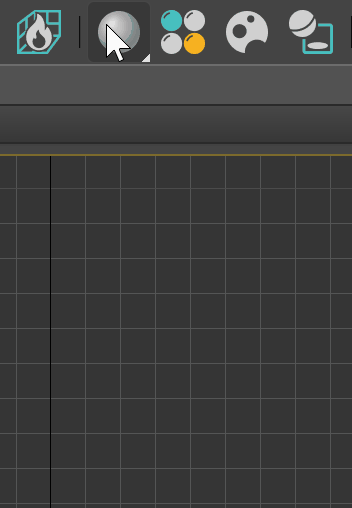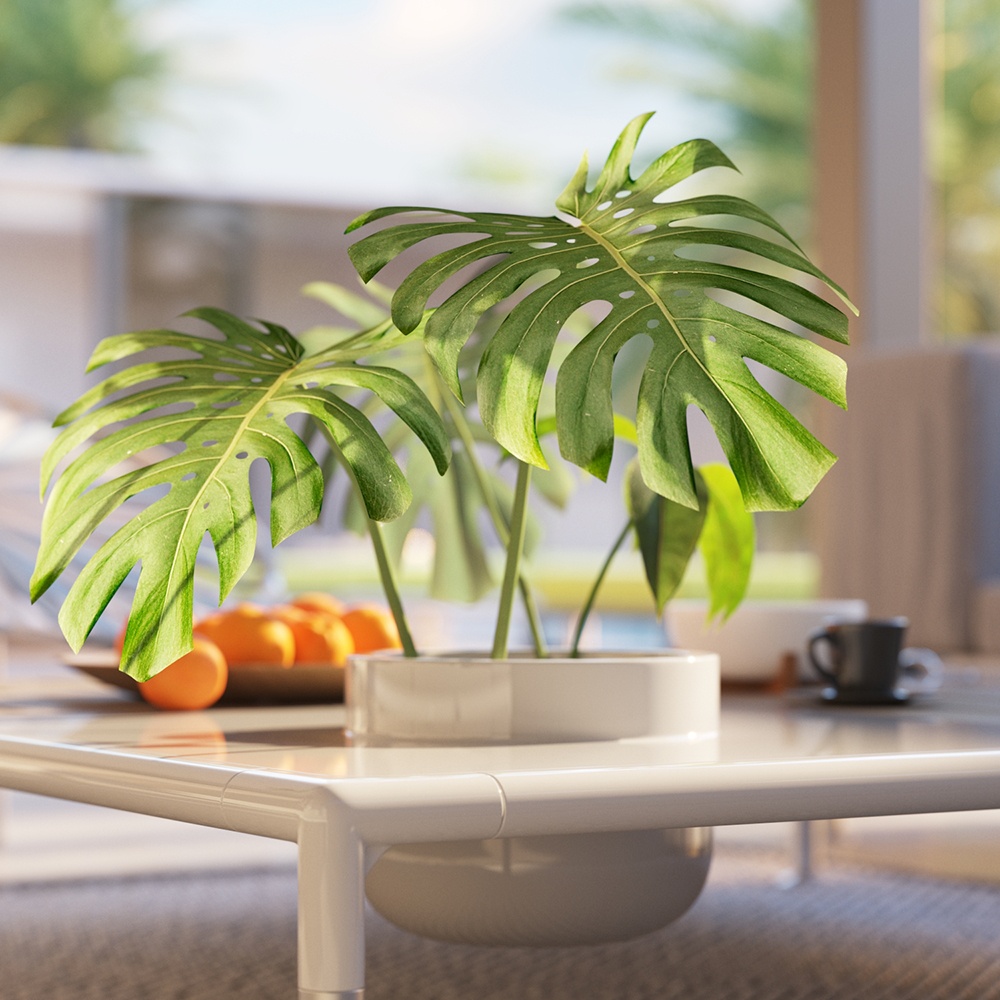This page provides information on the Translucent Two-Sided Material.
Overview
The VRayMtl2Sided material is a utility material provided with the V-Ray renderer. The material allows seeing the light on the backside of objects.
Use this material to simulate thin translucent surfaces like paper, cloth curtains, tree leaves etc.
© Stephen Andrianakos
Parameters
Front – The material used for front-side faces as defined by the object normals.
Back material –The material used for back side faces as defined by their normals.
Use back material checkbox – When disabled, V-Ray considers both sides assigned with the front material. When enabled, you can assign a different material from the front one.
Translucency – Determines which side (front or back) relative to the camera is more visible in the rendering process. By default this value is 0.5, which means that both the side facing the camera, and the one facing away from it, will be visible to the same degree. When this parameter is closer to 0.0, more of the material facing the camera is going be seen. When it is closer to 1.0, more of the back material is seen.
Multiply by front diffuse – When enabled, the translucency is multiplied by the diffuse of the front material. This option is not available when the renderer is set to GPU.
Force single-sided sub-materials – When enabled (the default), the sub-materials render as one-sided materials. Disabling this option is not recommended.
Example: Translucency Value (Front vs. Back Material)
In this example, the leaves have both front and back materials connected to the 2Sided Material. Notice how the leaves change when the Translucency value (shown in RGB) is changed. The last render uses a Translucency grayscale map.
In this example, the lampshade uses a 2Sided material with only a Front material connected (VRayMtl). A V-Ray sphere light is used to illuminate the inside. Translucency is shown here with grayscale values (RGB).
Example: Common Usage
2Sided material is commonly used for leaves. Notice how the light illuminates the shrub from behind.
The curtain uses 2Sided material to allow some outdoor light on the inside of this interior.
Notes
- This material gives best results when assigned to single-sided objects (non-shelled) like planes, extruded splines, etc. Otherwise, it can lead to much longer render times.













